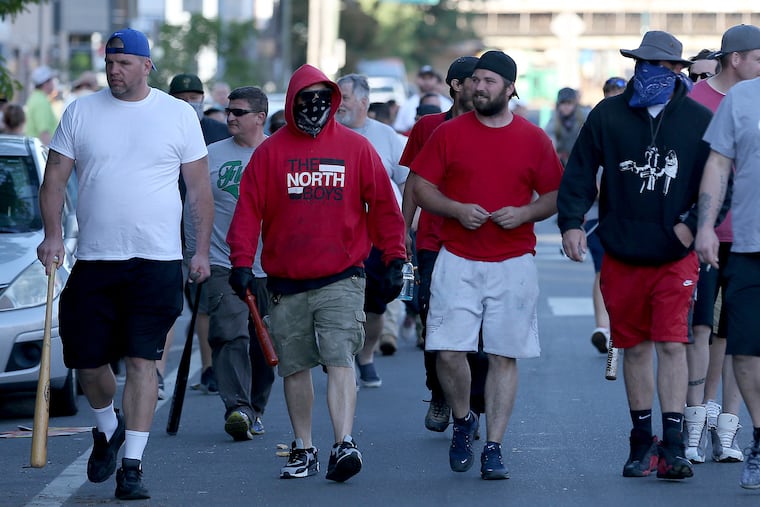Trump would like Philly’s response to protests. We’re better than this. | Editorial
If riots are the language of the unheard, the city’s response to protests over the last few days has been the language of force and confrontation, rather than a strategy of de-escalation.
